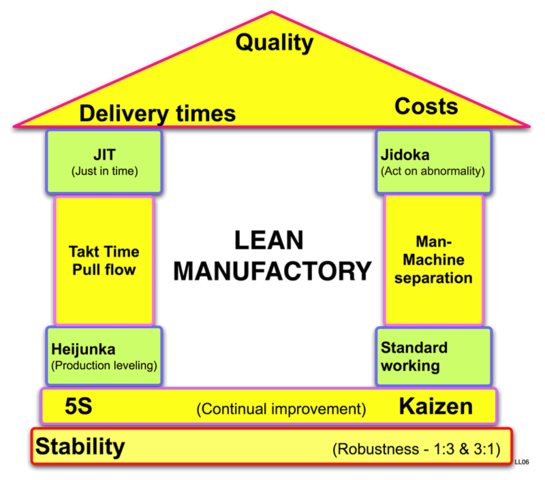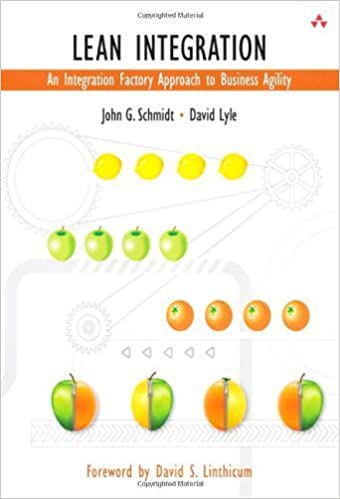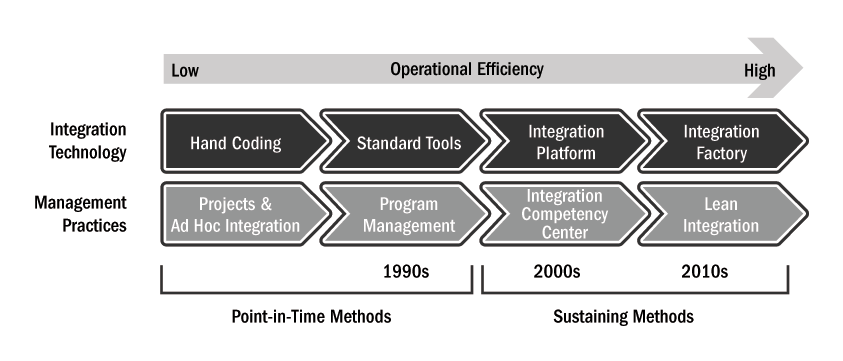Lean Data Integration and Business Agility: a Book to Review

Why lean intergation?
 The other day, I came across a book on data integration, “Lean Integration: An Integration Factory Approach to Business Agility” (by David Lyle and John G. Schmidt), which inspired me to devote today’s post to this topic.
The other day, I came across a book on data integration, “Lean Integration: An Integration Factory Approach to Business Agility” (by David Lyle and John G. Schmidt), which inspired me to devote today’s post to this topic.
Originally developed for the Toyota Production System, lean management is now applied in a number of industries, including IT. Lean integration is a management system that emphasizes creating value for customers, continuous improvement, and eliminating waste as substantial parts of data integration policy.
The principles
Here are Lean Data Integration Principles, as described in the book:
- Focus on the customer and eliminate waste by deleting the data that is not needed, preventing redundant efforts and inefficient processes.
- Automate processes with a well-organized approach taking advantage of reusable templates, components, and business rules.
Continuously improve to enable managing data with graphic tools, constantly checking data quality, and providing more business collaboration within the data integration solution.
Empower the team with tools that can be used by non-technical professionals to analyze and manage data.
Build in quality of the data integration solution. The solution should enable to identify problems on early stages.
Plan for change and mass-customize with data virtualization and logical data objects that can be reused without damaging other systems.
Optimize the whole with a single data integration platform designed to enable lean integration.
The book leads you through these principles and tells you how to apply them in practice. It features dozens of data integration case studies and real-life examples. I think, this is a pretty useful piece of advice on quality data integration that can be worth your attention. The principles described above are highly relevant to what we do here at Apatar.
Want details?
The book also contains the diagram that represents the evolution from hand-coding to integration factories, from sole integration projects to lean integration.
 The levels of data integration maturity (image credit)
The levels of data integration maturity (image credit)Check out this excerpt on SearchDataManagement for more.






